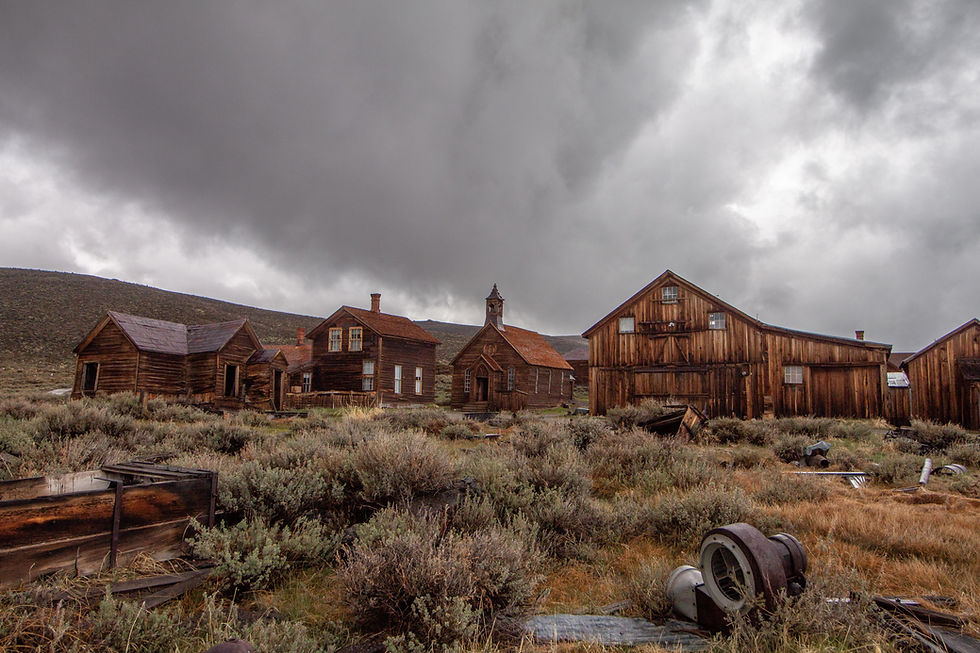
Bodie State Historic Park is one of the most exciting and interesting places you’ll ever visit, so don’t let the word “historic” make you think it’s boring. What makes Bodie so exciting? It’s a ghost town! That’s right—Bodie State Historic Park is an actual town without any people.
But that doesn’t mean nothing lives in Bodie Historic State Park or the surrounding area. On the contrary, many different species live in the hills, wetlands, and waterways of Bodie.
Birds, squirrels and rabbits are some of the animals that call Bodie their home. You will also see coyotes, voles, and deer roaming the Bodie Hills. Be on the lookout for all that nature has to share with you at Bodie State Historic Park.
As a Junior Park Ranger, you need to be aware of what many of these species are, so that you can do your part to make sure their habitat is protected.
Some of the wildlife you’ll encounter in the area:

The pronghorn is a rare sight in most parts of California, but there is a large population of them in the hills of Bodie. The pronghorn has a deer-like body. It weighs between 90 and 120 pounds and stands about 31/2 feet tall from shoulder to feet. It has a tan to reddish brown body

A pika is a small mammal that lives in the mountains of North America and Asia. They have furry, plump, round bodies, short limbs, and short, round ears. Pikas don’t have tails, their egg-shaped bodies are usually about 6 inches long, and they weigh less than a pound.

American Kestrel, also called a sparrow hawk, is the smallest and most common falcon in North America. It has a roughly two-to-one range in size over subspecies and sex, varying in size from about the weight of a blue jay to a mourning dove.

The sage grouse is an endangered species. It is almost as large as a goose. The sage grouse has a round, plump body, a long tail, and a tiny head. They are a calm, quiet bird except during breeding time (March–May). During breeding season, the males start showing off for the females. They puff up their bodies and strut around to get attention. The females get together and discuss (in bird language!) which male they want to breed with.

The Lahontan cutthroat trout is a threatened species that lives in Rough Creek and Atastra Creek—two large creeks that run through the hills of Bodie State Historic Park and Bodie Hills. The fish living in these creeks are recovering.
Before you go...
The park is open from 9 a.m. to 6 p.m. (March 13, 2022 - November 6, 2022)
Day-use parking is now available to the public.
Outdoor restrooms will be available.
Historic town core accessible for outdoor self-guided tour only.
Dogs are permitted in the park but must be on a leash at all times.
Bring water, sunscreen and your curiosity!
And...if you have little ones, be sure to read my new book Is There Still Gold in Bodie?
Комментарии